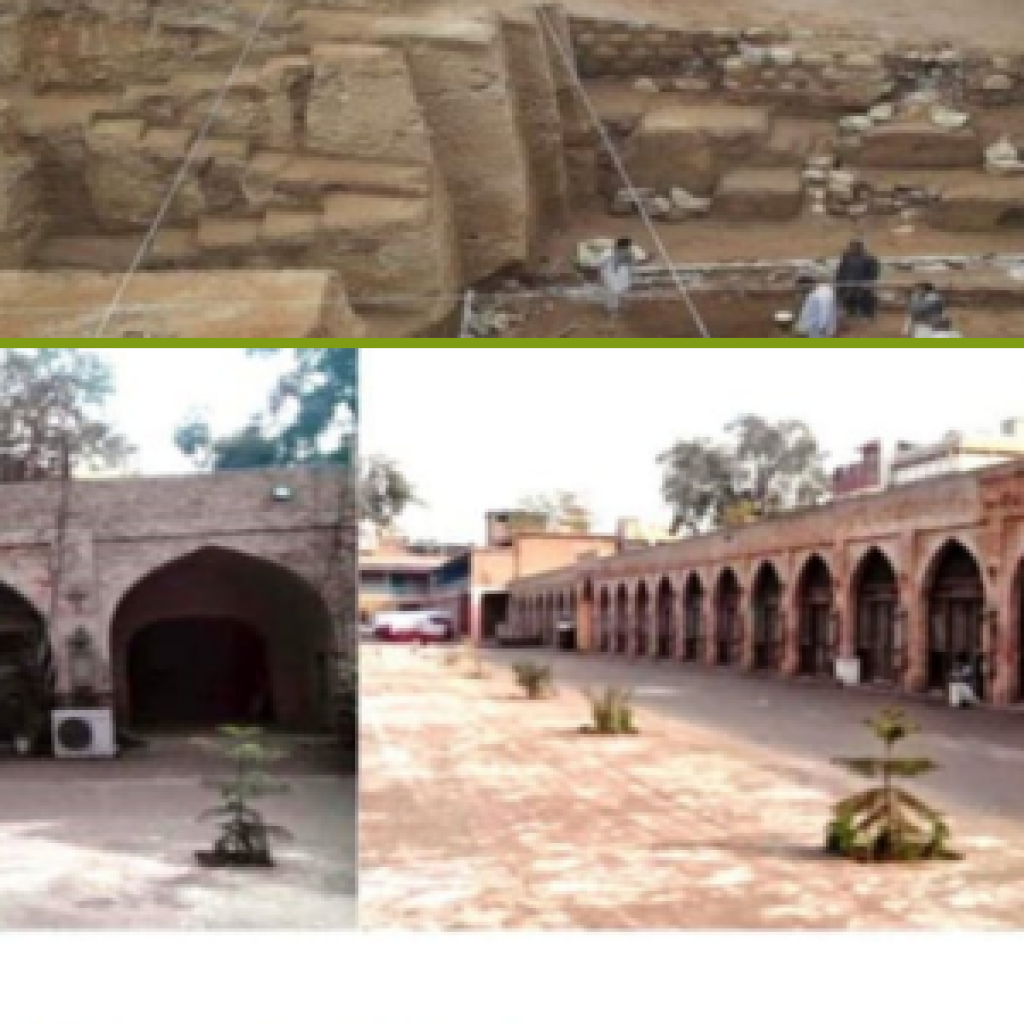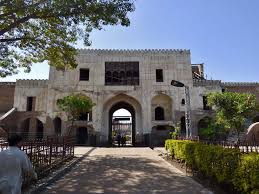Gor Khatri
The archaeological complex of Gor Khatri was once a Mughal Caravan Serai crowning the hill at the top end of Sethi Street in Peshawar. Huge Mughal gateways on either end lead into a large courtyard, over 200 meters square, that was once surrounded on all four sides by rooms for travelers. The site has been considered holy for more than 2,000 years. In the second century AD, it was a Buddhist shrine and monastery known as the Tower of the Buddha’s Bowl.



The enormous open territory of the caravanserai is in the heart of the old city. It was a tempting site for archaeologists for it opened a door into the rich past of Peshawar. Professor F.A. Durrani of the Peshawar University undertook excavation work during the 1990s that continued till 2000.
In 2002, Professor Ishan Ali found a large number of antiquities at the site. These two excavations found Peshawar to have been one of the oldest living urban areas of the Indian subcontinent. They discovered relics dating to the 4th century BC to support their assertions of Peshawar’s antiquity. The greater part of this concentrated information and fortune in relics has been found in Gor Khatri.


0 Comment